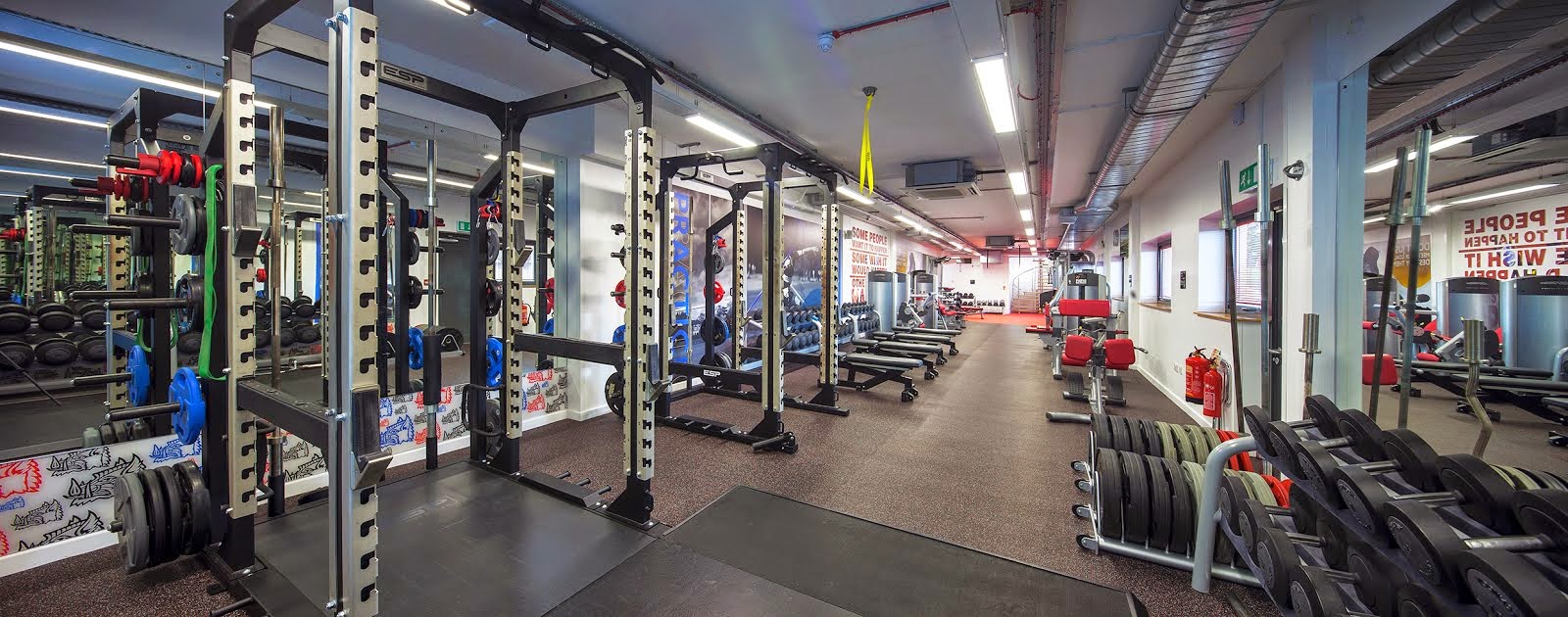Fat burning is often approached in a very one-dimensional fashion. Hours spent on the CV (Cardiovascular) equipment and all manner of short-lived, counter-productive diets that allow the weight to return all too quickly once they have run their course. Gym equipment will often feature ‘Fat Burning’ programmes built-in to provide specific speeds and intensities at which body fat is the preferred energy source used by the body to complete the exercise. In reality this is a little bit of a false truth. Whilst your body does indeed favour fat at these low intensities, you still burn a percentage of fat at higher intensities and often expend more overall energy in the process. For example, walking on a treadmill for half an hour could burn 180 calories-102 calories (60%) of which are fat, whereas running for the same time could burn as much as 400 calories-120 calories of fat (30%). The key difference is the intensity at which the exercise is performed- the harder you work the more calories you will burn both during and after the session.
The real secret to effective fat-loss is an improved Resting Metabolic Rate (RMR), meaning the ability to burn calories even when you are no longer exercising. The key factor in RMR is Lean Body Mass or the amount of fat-free mass an individual has. In other words-muscle. The more lean mass the higher the metabolic rate at rest and with this in mind weight training becomes a crucial element of fat-loss. This is not to say that aerobic exercise is no longer of use in the process however the two forms of training stimulate the metabolic system in different ways.
Aerobic exercise of a moderate intensity will stimulate the muscle metabolism during the exercise and for a short period afterwards, however, weight training (anaerobic activity) can result in an elevation in metabolic rate for as long as several hours or even days after the session! This reaction is known as After-burn. In order to achieve after-burn an individual must attain a heart rate of 75% or more of their maximum. This can be achieved not just with weights but with high-intensity interval training and the effect will be the same, more calories burnt both during and after training. You can use several complex formulae to work out at exactly which point you enter this level of training however the simplest and most effective way is simply to pay attention to your breathing. As soon as you breathe harder than usual during exercise you encounter your aerobic training zone, burning glucose and oxygen as your primary energy sources. Once you become so short of breathe that talking normally is no longer possible you are firmly in an anaerobic state and using a different energy system altogether.
Effective weight training means limiting the amount of repetitions completed to 1-20 in order to provide sufficient stress on the muscle to affect growth. There are many ways to train with weights but with regards to fat-loss Circuit Training is often favoured because of the high heart rate maintained due to short rest periods and consecutive exercises. The type of exercise will also play a part in how much energy is expended during any given workout. Generally speaking, compound exercises, those which use large groups of muscles working as a unit to perform an exercise (such as a Squat, Dead Lift or Clean and Press) are much more likely to trigger a higher heart rate than isolated moves (bicep curls or Triceps Extensions). Muscle development occurs when you are at rest and therefore approximately 24-48 hours should be allowed between weights sessions to allow the muscle to repair and grow sufficiently in order to complete the next session. For those that attend the gym regularly (and for whom the thought of 48 hours of inactivity is simply unthinkable), this does not mean that other tasks cannot be completed in this resting period. On the contrary, the muscle metabolism will still be burning energy and this makes it the ideal time to be training aerobically. This will tire the muscles in a different way and therefore any effective weight-loss programme should feature both aerobic and anaerobic activities.
In summary, fat-loss is a multi-faceted task and requires more than simply slogging away the hours on the treadmill and counting calories. It requires a total fitness approach, allowing for not only the initial benefit of losing weight or body fat in the first place, but also providing a solid foundation for the continuation of a healthy lifestyle.

No comments:
Post a Comment